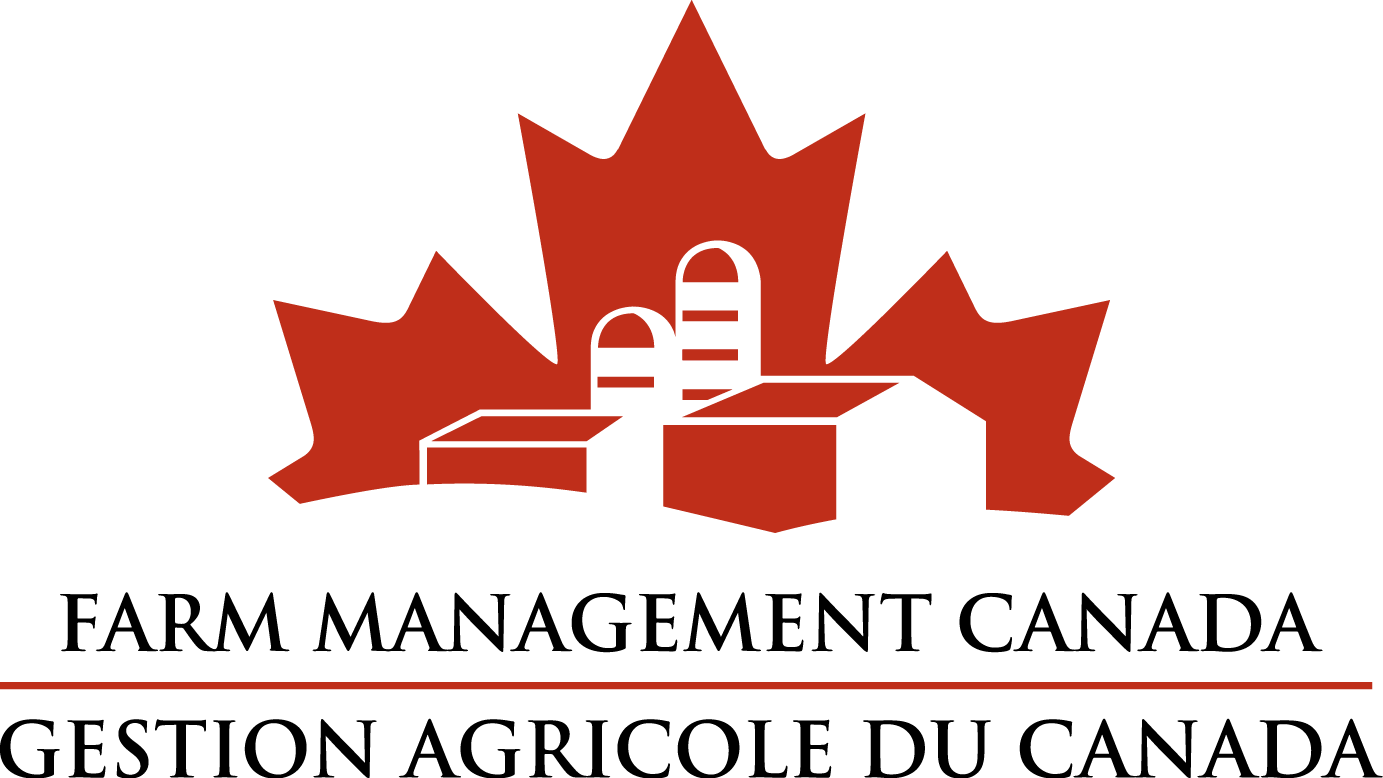 Life cycle assessment (LCA) is a process for evaluating the environmental impact, or ‘environmental footprint’, of a product from cradle to grave. In our rapidly changing world, LCA is a key concept for farmers to keep in mind.
Life cycle assessment (LCA) is a process for evaluating the environmental impact, or ‘environmental footprint’, of a product from cradle to grave. In our rapidly changing world, LCA is a key concept for farmers to keep in mind.
“Life cycle assessment is the new math for agriculture. We need to pay attention to it and understand how it will affect us. It will change the way we farm, how food is processed, and how consumers make their food purchase decisions,” says Al Scholz, a consultant, author and speaker who specializes in sustainable food systems and the future of agriculture.
LCA can be used to evaluate various inputs, such as energy, water, nutrients, or greenhouse gases. It tracks those inputs from the production of a product’s raw materials, through transportation, processing, manufacturing, distribution, retailing and finally to the product’s disposal. These days LCA is being applied to many sectors of the economy, including agriculture.
“More and more consumers want to know where their food comes from and its environmental footprint and whether it has been produced sustainably. That’s what is driving life cycle assessment and other consumer trends like the Hundred Mile Diet, Buy Local and Food Miles.”
At the same time, LCA information is becoming incredibly easy for consumers to access. “Software called GoodGuide [www.goodguide.com] has been developed by a research group out of the University of California at Berkeley. They have apps for iPhones and iPads, so you can use your iPhone to scan a product label and immediately on your screen you’ll get the rating of the product in terms of environment, health and society. The researchers are doing life cycle assessments on all kinds of food products, cosmetics, household goods and other consumer products; they’re now at 160,000 products. More and more consumers will have that information at their fingertips before making buying decisions,” he explains.
Another driver for LCA in agriculture is coming from the retail sector. Some major retailors like Walmart and Safeway are starting to require their suppliers to provide environmental impact information for their products, including agri-food products. Scholz notes, “Farmers will increasingly have to demonstrate before they enter into a supply chain that they are able to produce potatoes, peas or whatever, according to a certain benchmark of environmental efficiency.”
Production efficiencies:
Since most of the environmental footprint for agricultural products occurs during the production stage of the life cycle, farmers will need to work on reducing their footprint. Fortunately many farmers are already doing that. That’s because a key way to reduce their environmental footprint is to increase production efficiencies. And, as farmers know, increasing production efficiency helps improve a farm’s bottom line.
“Already across western Canada in the last decade, farmers are getting higher yields with less diesel fuel and lower fertilizer and pesticide inputs. For instance, through the use of reduced and minimum tillage and direct seeding we are not only using fewer inputs but also improving the fertility of our soil. Fertilizer placement technology has improved so farmers can place fertilizer near the seed and get the yields they want with less fertilizer,” says Scholz.
“So we’re already on the right track. We just need to do more of it and keep searching for innovative ways to do it even better.”
LCA studies of specific crop and livestock production systems can help towards ‘doing even better.’ According to Scholz, there haven’t been many LCA studies in Canadian agriculture so far, but one good example is a 2011 report called Evaluating Environmental and Economic Impact for Beef Production in Alberta Using Life Cycle Assessment. This study estimated the carbon footprint and other environmental impacts of beef cattle production in Alberta. It also identified practices that both reduce the environmental footprint of beef production and provide financial benefits for producers.
